We just received the dog bed from pet-interiors for our 14-month-old Australian Labradoodle Chewbacca…
Labradoodle Chewbacca
Labradoodle Chewbacca from Seattle is happy with his DIVAN dog cushion.
We just got Pet Interiors bed for Chewbacca, our 14 months Australian Labradoodle. As soon as I placed it on the floor he wanted to try it and since then he hardly moves elsewhere. He brought his favorite bones and toys to the dog bed. It was not easy to find this perfect option. It complies with several wishes:
- Super comfortable: Orthopedic and the Italian felt is to die for
- Modern: it goes with the the furniture.
- Good details and quality: the stitch and the filling of the pillow is just right to make it for an elegant giant cushion.
- Excellent Service: As soon as I placed the order, I was contacted with next steps. The shipping to US was so easy.
Labradoodle Chewbacca from Seattle is happy with his DIVAN dog cushion.
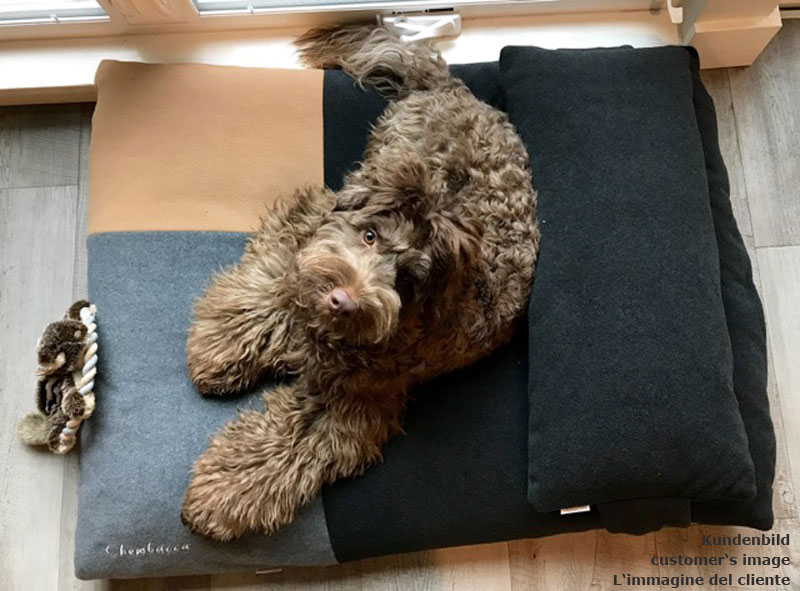
Labradoodle Chewbacca
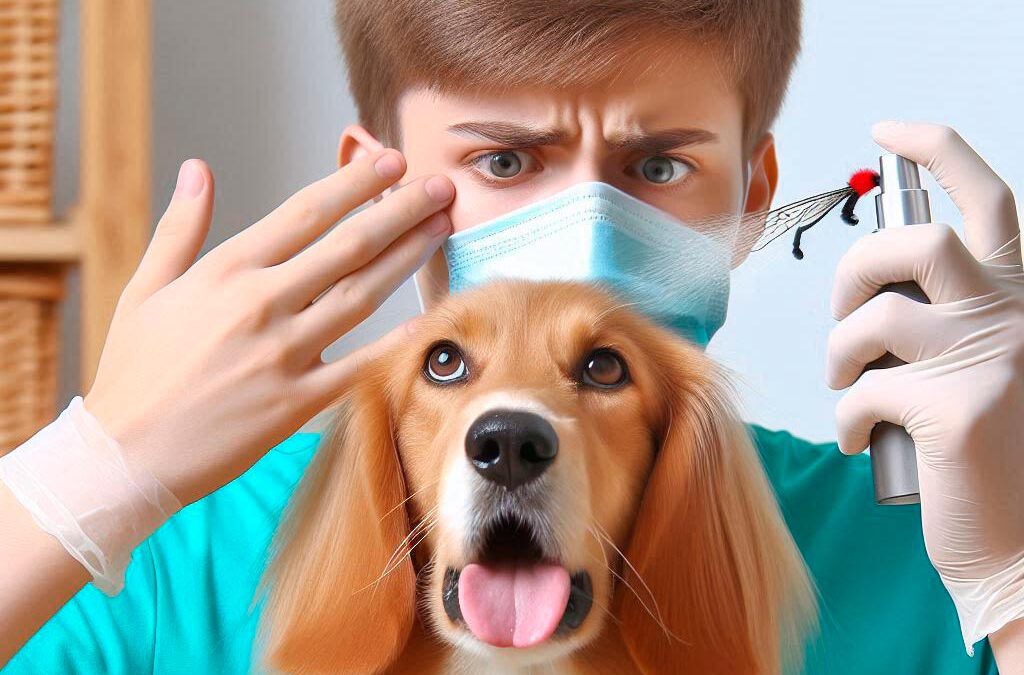
Allergy-friendly dogs – which breeds are suitable?
The dream of having a dog doesn’t have to be over for allergy sufferers. There are allergy-friendly dogs that have a low allergy potential and can be kept in an allergy-prone household. …
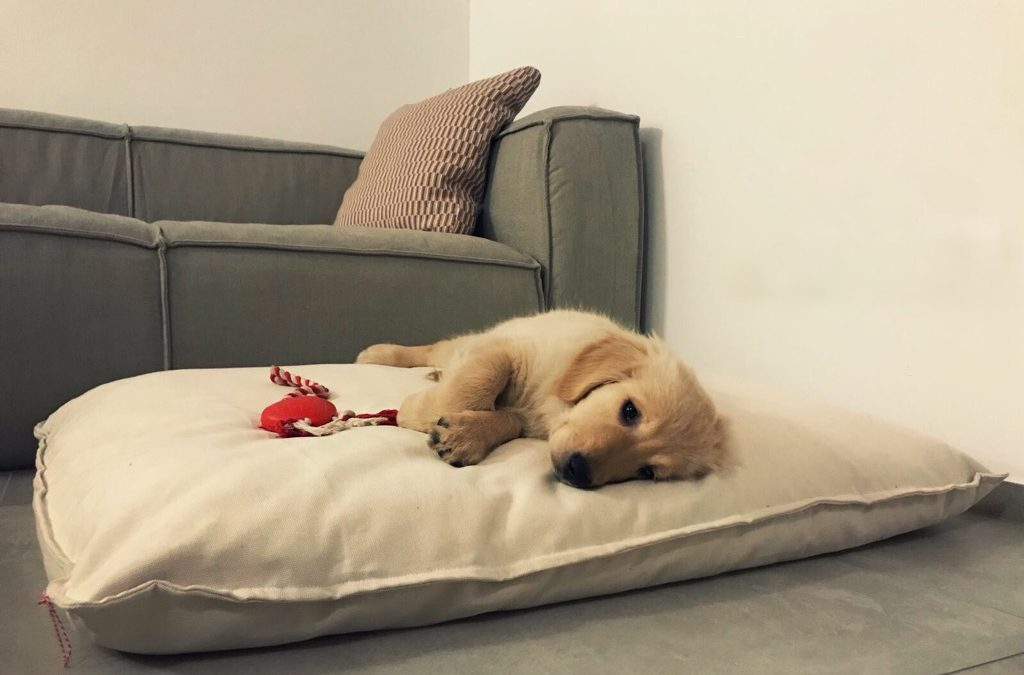
Which dog is right for me?
It’s finally vacation time! The best time of the year is best spent with the whole family, and a dog is a must. …





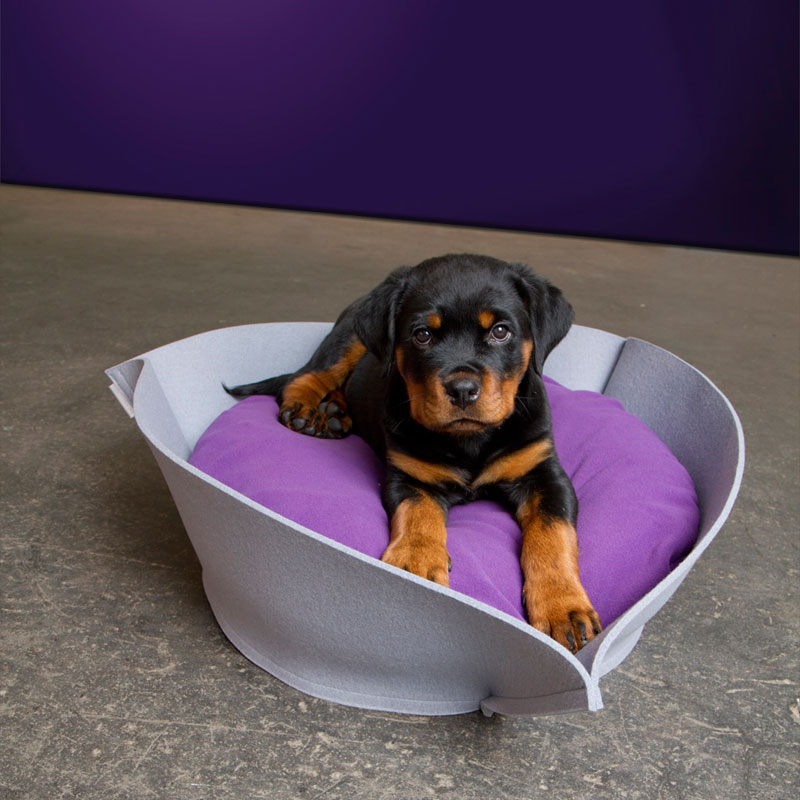
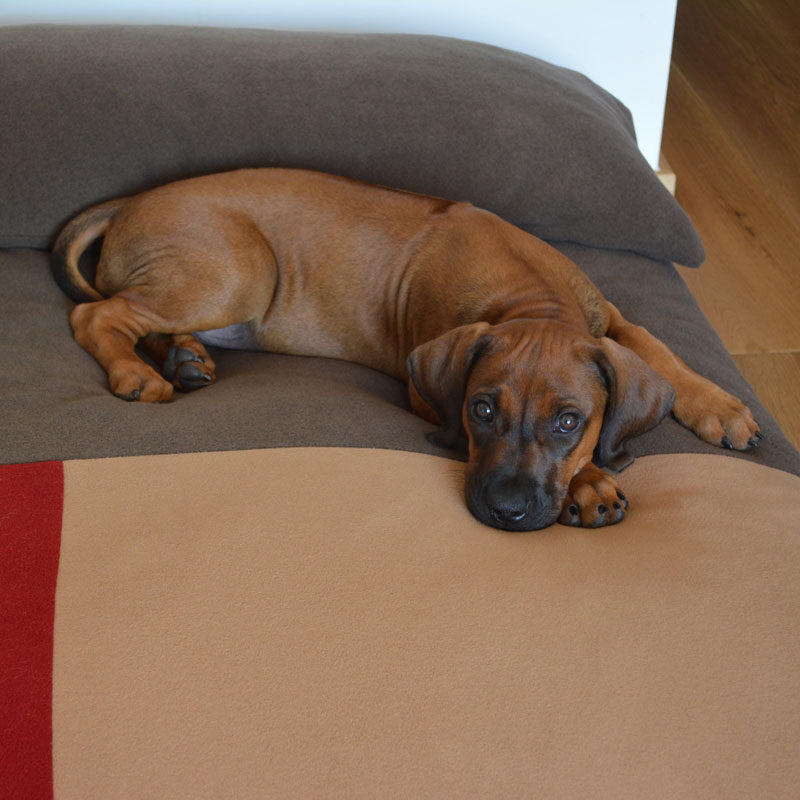
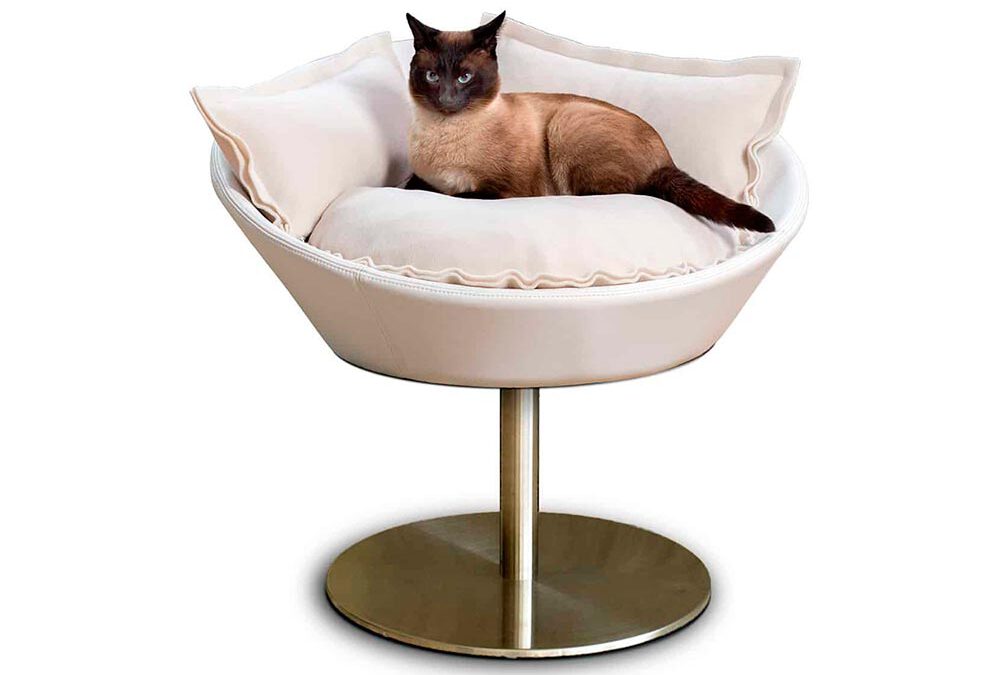
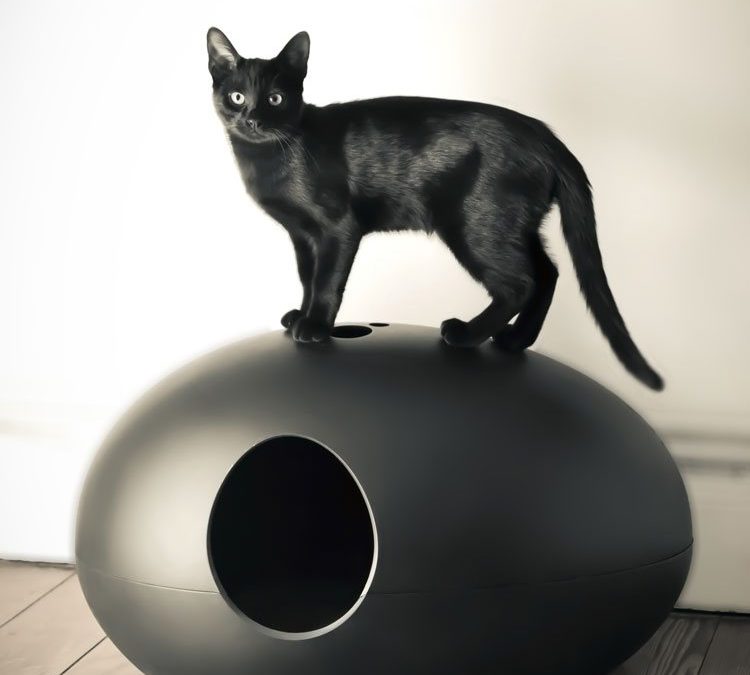
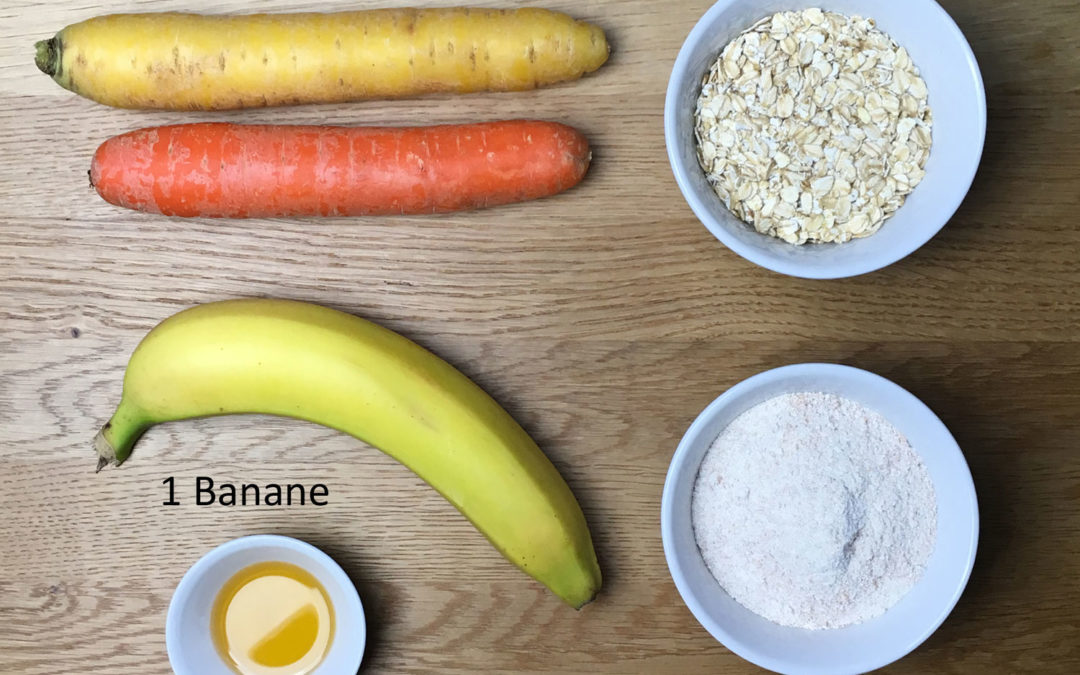
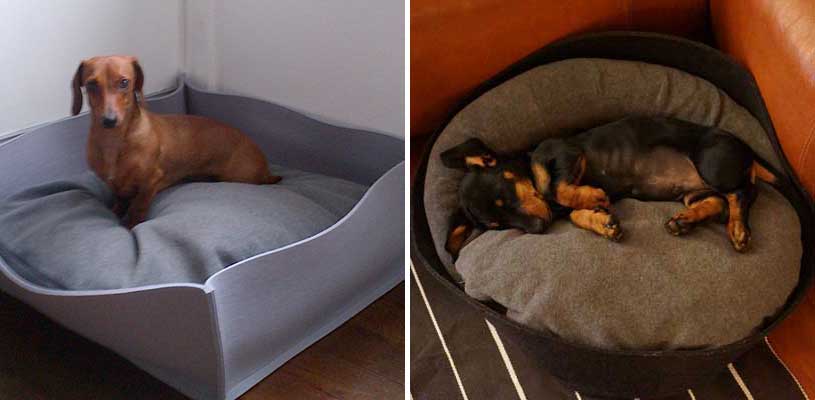
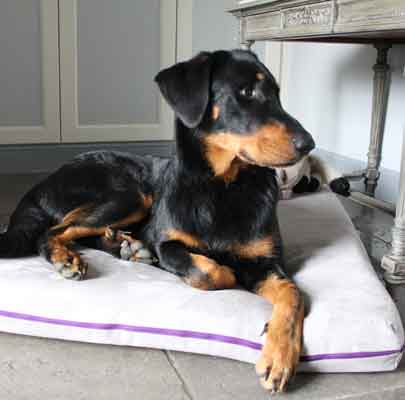
Recent Comments